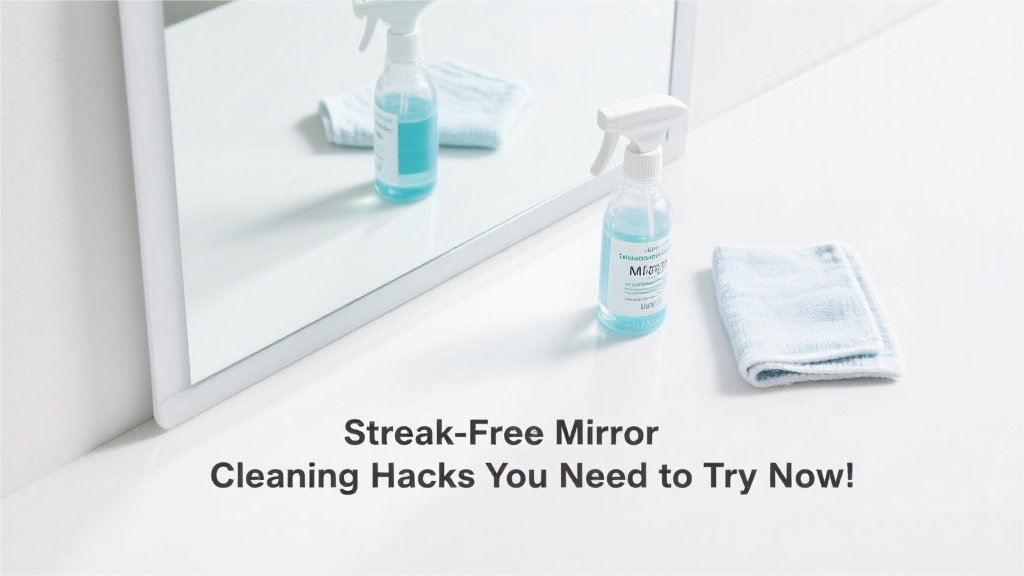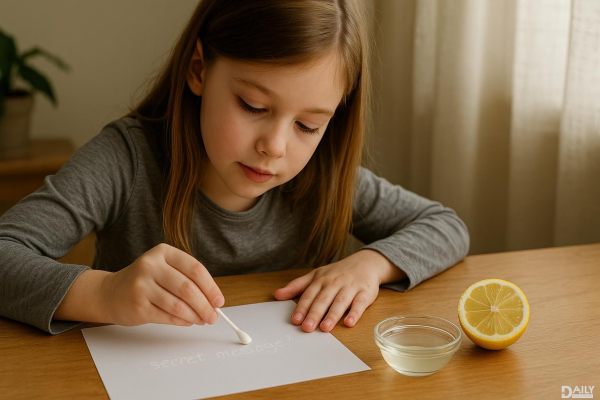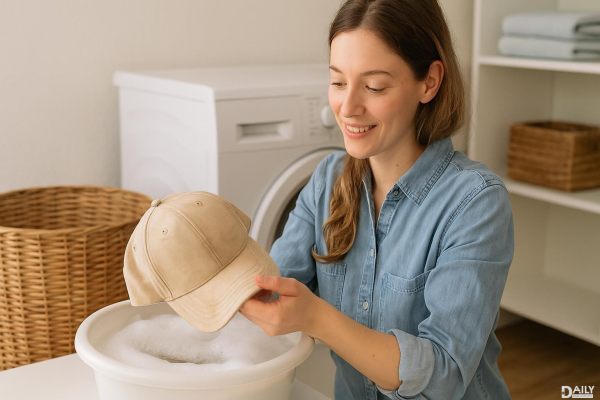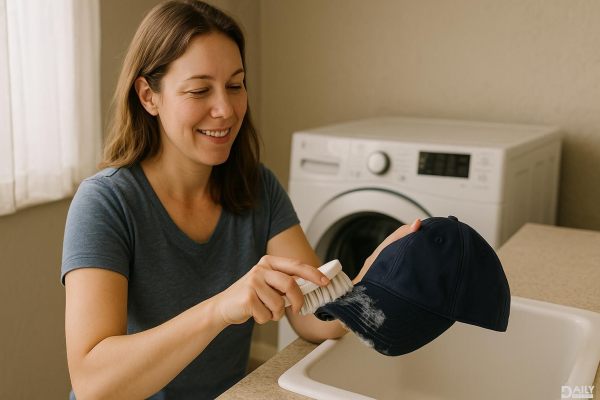If you’re staring down a clogged toilet or sink, don’t panic—your trusty plunger is here to save the day. But here’s the kicker: using a plunger isn’t just about brute force. There’s a method to the madness, and doing it right can make all the difference between a quick fix and a messy disaster. Let’s dive into the nitty-gritty of plunger mastery so you can tackle that clog like a pro.
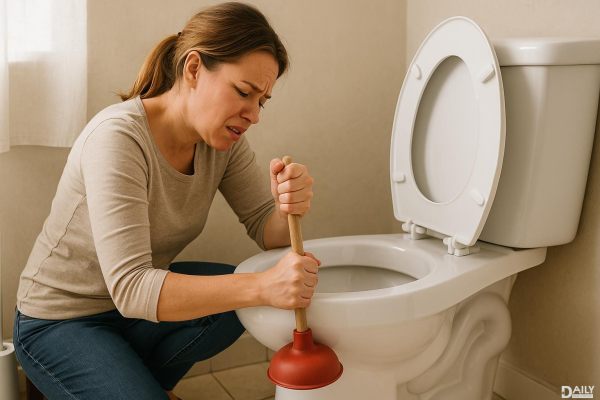
First things first, not all plungers are created equal. There’s the classic cup plunger, which is great for sinks and flat surfaces, and the flange plunger, designed specifically for toilets. Using the wrong one can leave you frustrated and the clog untouched. But even with the right tool, technique is key. A proper seal and the right amount of pressure are crucial to creating the suction needed to dislodge whatever’s causing the blockage. Without it, you’re just splashing water around—and nobody wants that.
Start by ensuring you have the right plunger for the job. For toilets, grab a flange plunger; for sinks, a cup plunger will do the trick. Place the plunger over the drain, making sure it’s fully covered to create a tight seal. If you’re dealing with a toilet, the water level should be high enough to cover the plunger’s rubber cup. If it’s too low, add some water manually. Now, here’s the fun part: push down gently at first to get the air out, then pull up sharply to create suction. Repeat this motion several times, increasing the intensity as needed. The goal is to build up enough pressure to break the clog loose.
One of the biggest mistakes people make is using too much force right off the bat. This can actually push the clog further down the pipe, making it harder to clear. Another no-no is not creating a proper seal. If air is escaping around the edges of the plunger, you’re not going to get the suction you need. And let’s not forget about cleanliness—always rinse your plunger thoroughly after use and store it in a dry place to avoid bacteria buildup. Trust me, you don’t want to be dealing with that kind of mess later.
Sometimes, no matter how hard you plunge, the clog just won’t budge. If you’ve tried multiple times and the water still isn’t draining, it might be time to call in a professional plumber. Persistent clogs could indicate a deeper issue, like a blockage in the main sewer line or a problem with your plumbing system. And if you’re dealing with a recurring clog, it’s worth getting it checked out to prevent future headaches. Remember, there’s no shame in calling for backup—sometimes, it’s the smartest move.
Prevention is always better than cure, and that’s especially true when it comes to clogs. Avoid flushing anything other than toilet paper and human waste down the toilet—yes, that means no wipes, even if they’re labeled “flushable.” In the kitchen, use a drain strainer to catch food particles before they go down the sink. Regularly cleaning your drains with a mixture of baking soda and vinegar can also help keep things flowing smoothly. A little maintenance goes a long way in keeping your plumbing system clog-free.
So, the next time you’re faced with a stubborn clog, don’t sweat it. Armed with the right plunger and the proper technique, you’ll have it cleared in no time. And if all else fails, remember that professionals are just a phone call away. Happy plunging!

